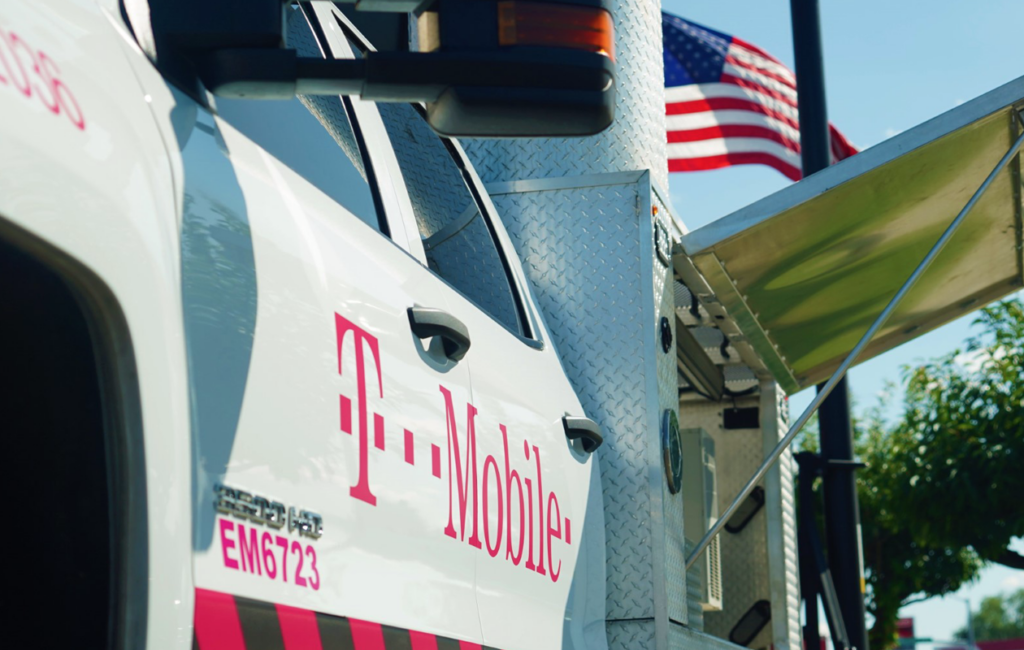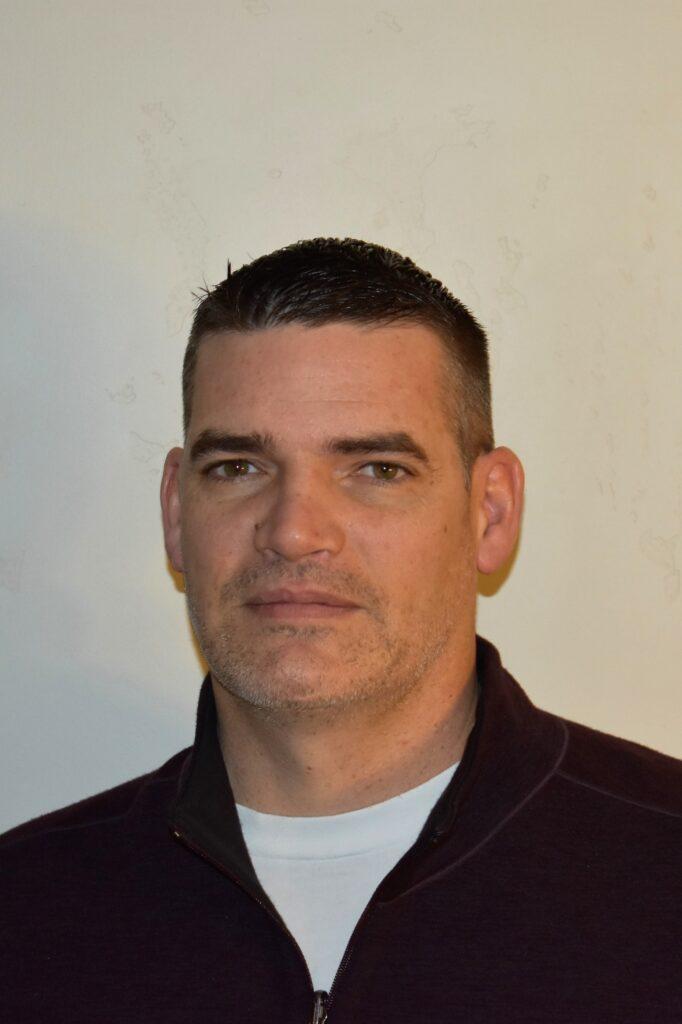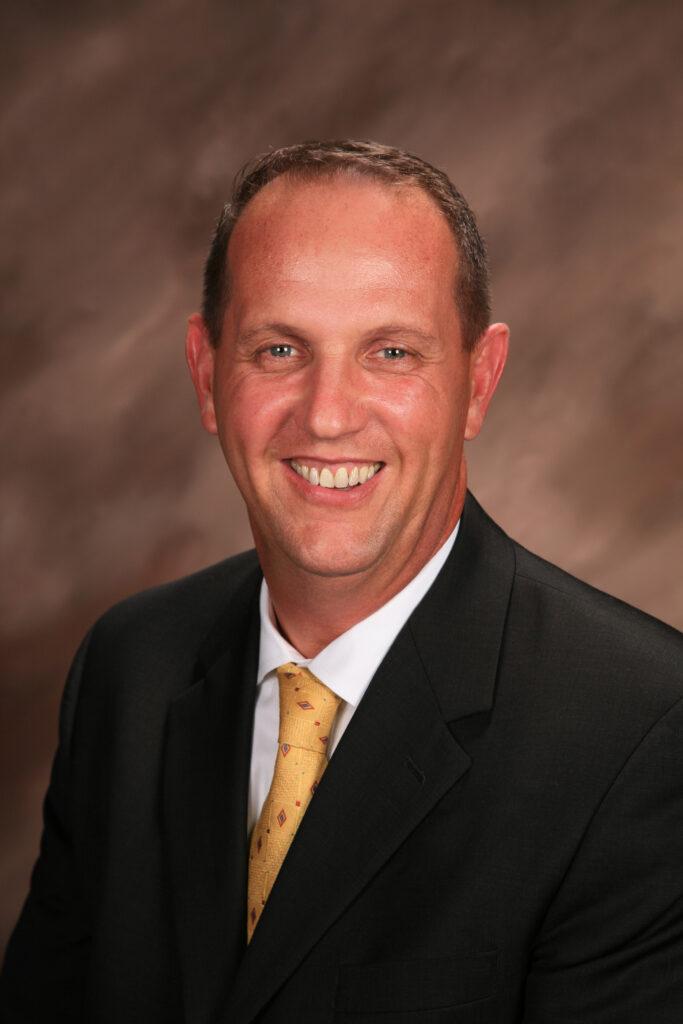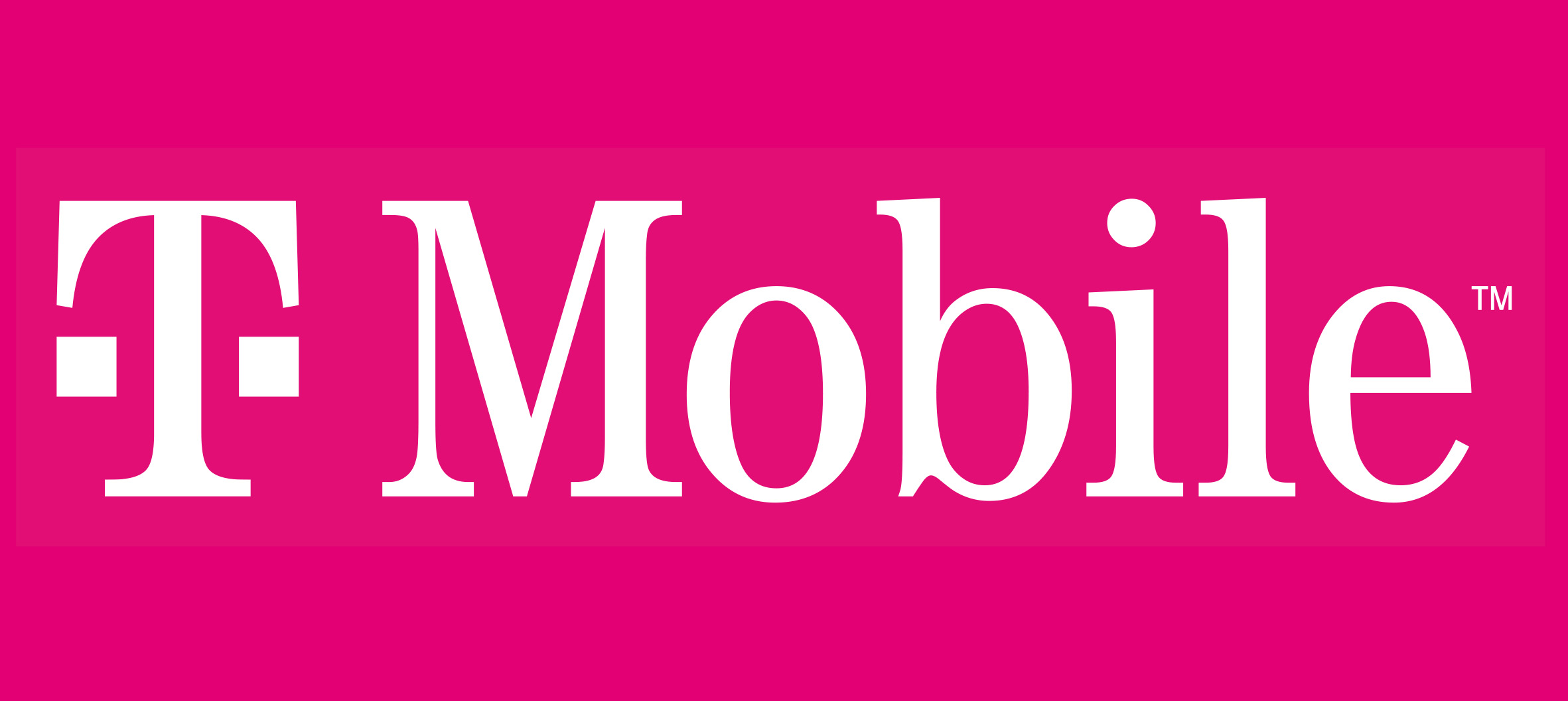In a Challenging Year, T‑Mobile’s Emergency Response Team Focused on Making a Difference When It Mattered Most
By By Alex Fidler, T-Mobile Stories
It goes without saying that 2020 was a year unlike others in recent memory for so many reasons, not least of which is the sheer number of severe weather and natural events that have impacted — and at times devastated — communities across the U.S. The 2020 hurricane season alone shattered records, producing 31 named storms (a typical season produces around 12 named storms). During those times, it's critical that people maintain connectivity to friends and loved ones, and equally important that governments, emergency management workers and first responders have ready access to communications so they can continue to serve communities in the aftermath of an incident. That’s where T-Mobile’s Emergency Response Team (ERT) comes into play to provide temporary connectivity solutions when other critical connectivity is lost due to an emergency situation.
Part of T-Mobile’s Technology Service Delivery & Operations organization, the ERT addresses needs of specific types of customers when an incident occurs that affects connectivity, working closely with the Emergency Management Team (EMT) and Community Response Team (CRT). While EMT serves T-Mobile’s consumer customers after a natural event, ERT’s customers range from government and public safety entities to humanitarian organizations and local school districts, in addition to law enforcement and fire rescue; the team’s work is integral and felt far beyond the immediate community they’re stationed in.
In 2020, an incredibly active disaster season and COVID-19 response meant the T-Mobile ERT was deployed over 50 times in response to wildfires, tornadoes and hurricanes. And though disaster response is hard work, members of the team wouldn’t have it any other way. “When you’re in the field and you see damage, destruction, loss of life and loss of property and you’re able to witness the resources that you bring to bear affect people’s lives — that’s what is the most motivating and rewarding thing being a part of the Emergency Response Team,” says T-Mobile Business Development Manager Rodney Cooper.
Cooper began his career in the telecommunications industry in 2001 with Nextel Partners, which was later acquired by Sprint. Along with Business Development Manager Casey Muilenburg who started at Sprint in 2004 after 16 years serving in the Armed Forces, they are now both a part of the newly combined T-Mobile, and their core mission and responsibilities remain the same. “T-Mobile’s Emergency Response Team is responsible for providing deployable equipment and infrastructure to make sure the responders and businesses impacted by or supporting an event have communication support for their mission and community support,” says Muilenburg.
Cooper credits his nearly 20-year career in the telecommunications industry and experience developing relationships and understanding local and state public safety communications for preparing him for his role on ERT. “I joined the telecom industry just three months prior to 9/11,” says Cooper. “I found my passion working with government, and more particularly public safety.”
For Muilenburg, it’s his years he spent in the military — four years in the Marine Corps, 12 years in the Air Force Reserves and two combat deployments to Iraq — and prior account management experience that he says has had the most instrumental impact in preparing him for this important work and understanding the needs of government and business.
And despite a combined 35 years of telecoms experience and history between them, 2020 was one for the books. “This was one of the busiest years we have ever had,” Cooper says. “It was non-stop since March.”
In August, after Hurricane Laura struck the Louisiana Gulf Coast, causing some of the worst devastation the U.S. saw during this past year’s hurricane season, the ERT was in regular communication with local government entities and organizations leading public safety initiatives, and coordinating efforts to get Cells on Light Trucks (COLTs) and Cells on Wheels (COWs) with temporary cellular service solutions and satellite data to impacted areas. This included partnering with a nonprofit organization to help three rural schools in Lake Charles, LA that had to pause classes after they lost connectivity in the wake of Hurricane Laura. The ERT also provided loaner mobile phone devices and hotspots to the school district’s administrative staff.
Cooper recalls when a derecho (a storm akin to a tornado that moves in a straight line; the word means “straight ahead” in Spanish) swept across Iowa in August 2020, causing devastation and loss of communications due to downed infrastructure; three Des Moines area Disaster Recovery Centers — natural disaster community resource centers that provide essentials — in particular were in need of connectivity in order to support residents impacted by the storm.
Cooper arranged for a SatCOLT (Cells on Light Truck with a satellite built into the vehicle) and routers to be brought in that would provide LTE connectivity and access to the T-Mobile network. “Because of how closely we work with our Emergency Management Team partners, we were able to direct equipment they already had in the area to support those three Disaster Recovery Centers for two to three weeks to provide the community much-needed connectivity,” says Cooper. “Once people had access to communications, they were able to talk to loved ones, file insurance claims, request assistance from FEMA, request assistance from the state or do their online banking.”
During 2020’s West Coast wildfires, including the summer CZU Lightning Complex Fires in San Mateo and Santa Cruz counties, the team delivered connectivity to hundreds of displaced evacuees who were transported in RVs to a local church in Soquel, CA with a SatCOLT, and were able to put up another cellular bubble of coverage around the building itself. “They also didn’t have any wireline services there, so we brought in a flyaway satellite kit and put up another WiFi network so that not only T-Mobile customers had a way to communicate, but anyone with a device regardless of carrier could communicate out,” says Muilenburg.
In September, when the Holiday Farm Fire was blazing in McKenzie Bridge, OR, the blaze burned through the local fiber, causing loss of all service for miles. After an area government agency reached out to T-Mobile requesting internet and cellular service support, Muilenburg worked to deploy a SatCOLT — particularly critical for a nearby medical facility — and coordinated 30 pre-lit devices be dropped off at the community grade school.
Because of these efforts, “the medical facility was able to start triaging and processing patients in the area and the kids were able to go back to school to start learning and get back to some normalcy,” says Muilenburg. “We also supported first responders in the area who would stop by so they could communicate out. That's the true benefit of what we do. We provide them a way to communicate so that they can go out there and do what they need to do to save lives, save assets, save a house, put somebody back in a better spot than they currently are. And that's why I do it, because I know it makes an impact."
In a year that was anything but predictable, the ERT’s mission never ebbed or waned. “One of the things that Cooper and I always focus on is trying to make the process easy for our customers because they are not only worried about communications, but also multiple other things,” says Muilenburg. “We make the process simple, but our solutions are robust so we can expand and be able to support them as necessary during an event.”
“When we talk about the mission of T-Mobile’s ERT, that’s what it’s all about,” says Cooper. “Making a difference.”
For more about how T-Mobile prepares to respond to natural disasters to help keep our customers connected, click here to learn how the company tracks weather conditions.





